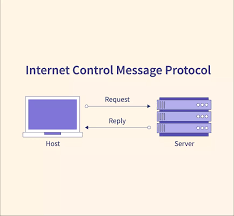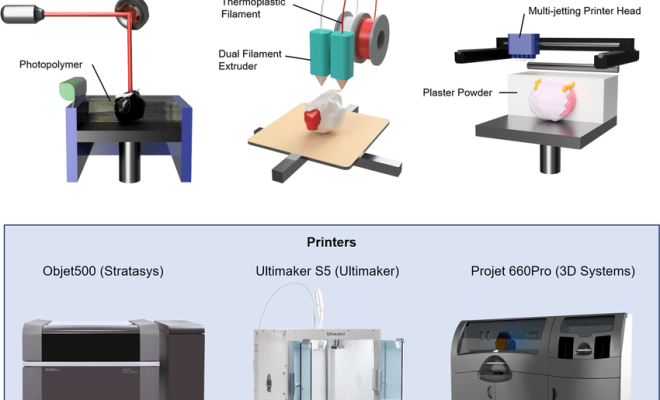What Is Internet Control Message Protocol (ICMP) & How Does It Work?

The Internet Control Message Protocol (ICMP) is a fundamental protocol in the Internet Protocol (IP) suite. It is responsible for sending messages to network devices to help them in diagnosing and troubleshooting network errors.
ICMP messages are mainly used to indicate problems encountered during the transmission of data packets across a network. The protocol works in association with IP to send and receive messages across the network. It is the most basic of all the internet protocols and is used to monitor the health and wellness of network devices.
ICMP messages are divided into two categories; Error messages and Query messages. Error messages are sent when the network devices encounter a problem that results in the packet being dropped or lost. These messages are used to inform the sender of what went wrong.
Query messages are used by network administrators to solicit information from network devices. For example, if an administrator is trying to determine if a particular host is reachable, they would send an ICMP echo request message. If the host responds, an ICMP echo reply message is sent back.
In addition to helping diagnose network errors, ICMP is also used to control network performance. For example, if the network is experiencing congestion, the router can send an ICMP source quench message back to the sender, asking them to reduce the amount of data they are sending to the network.
ICMP works by embedding messages in IP packets that are sent across the network. Whenever a network device receives an IP packet, it checks the ICMP message to determine what action should be taken in response to the message.
ICMP messages are crucial to the proper functioning of the internet as they help network administrators troubleshoot network problems and maintain network performance. Without ICMP, network administrators would have a much harder time keeping networks running smoothly.






